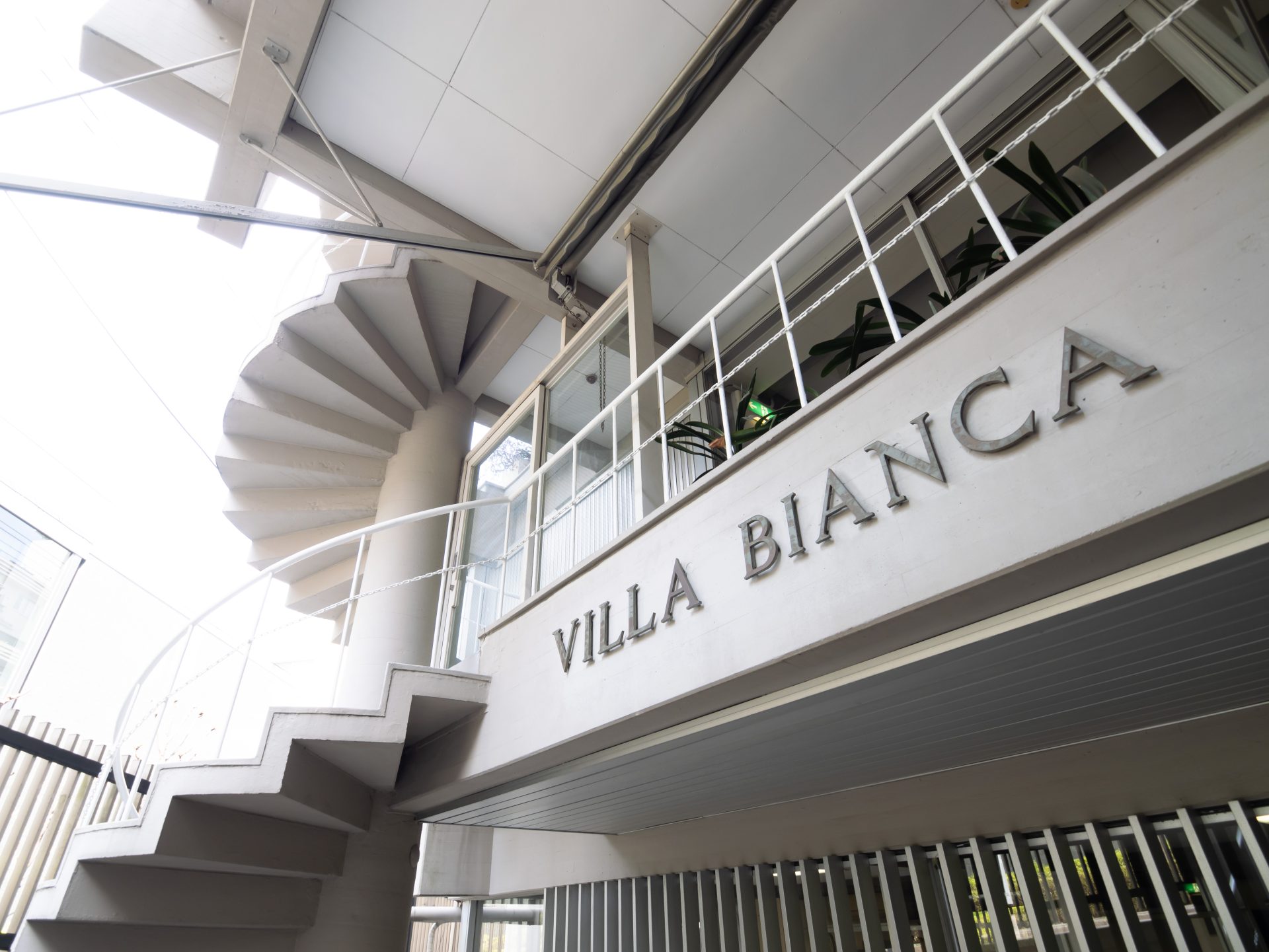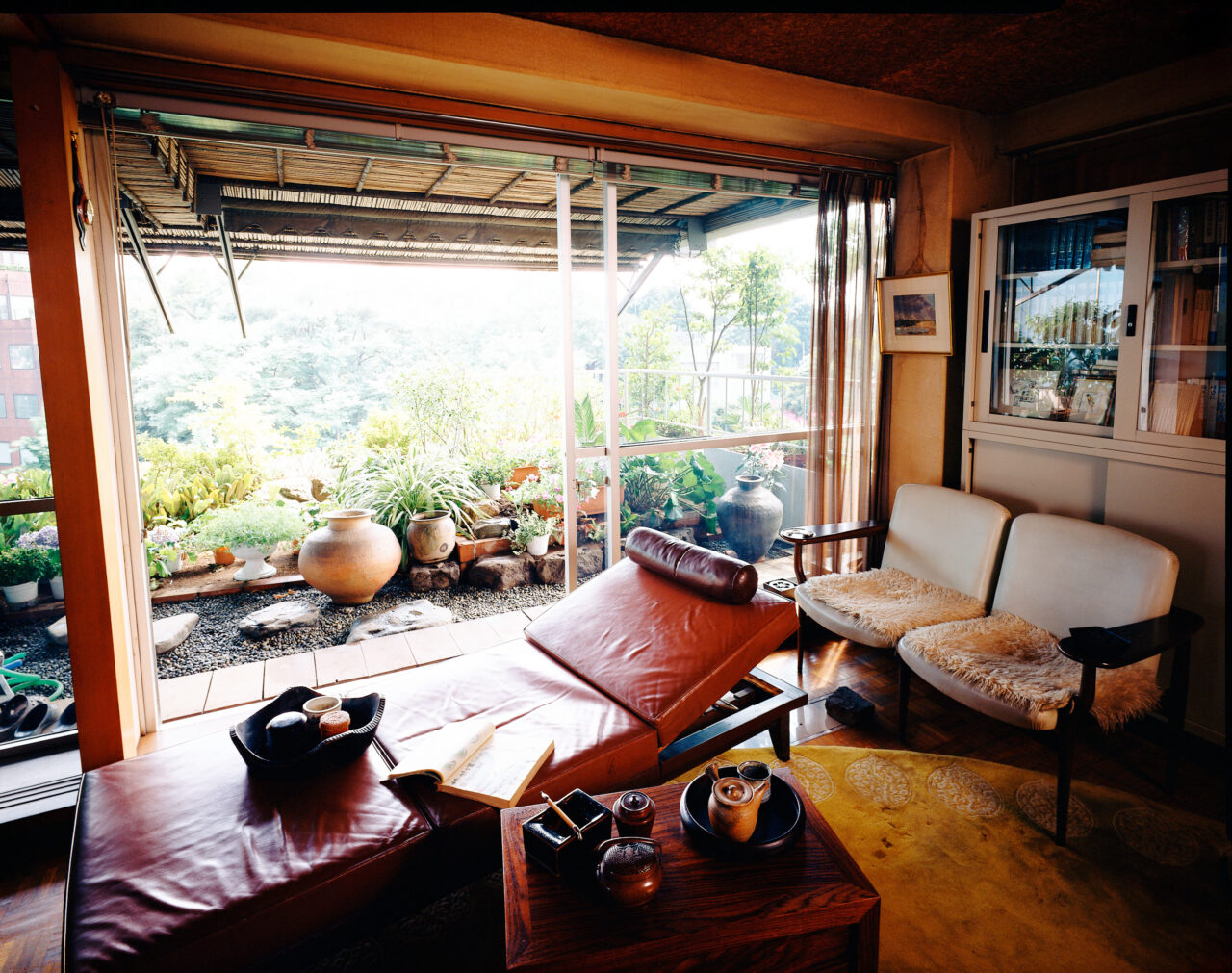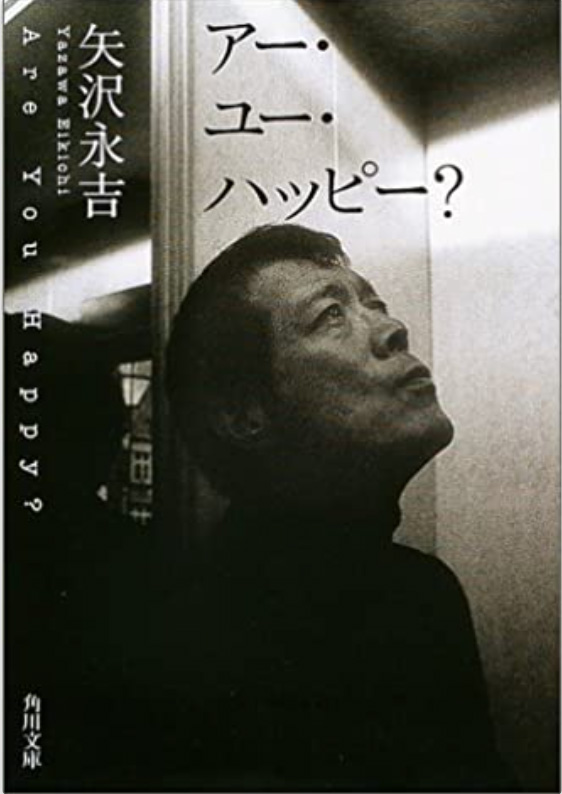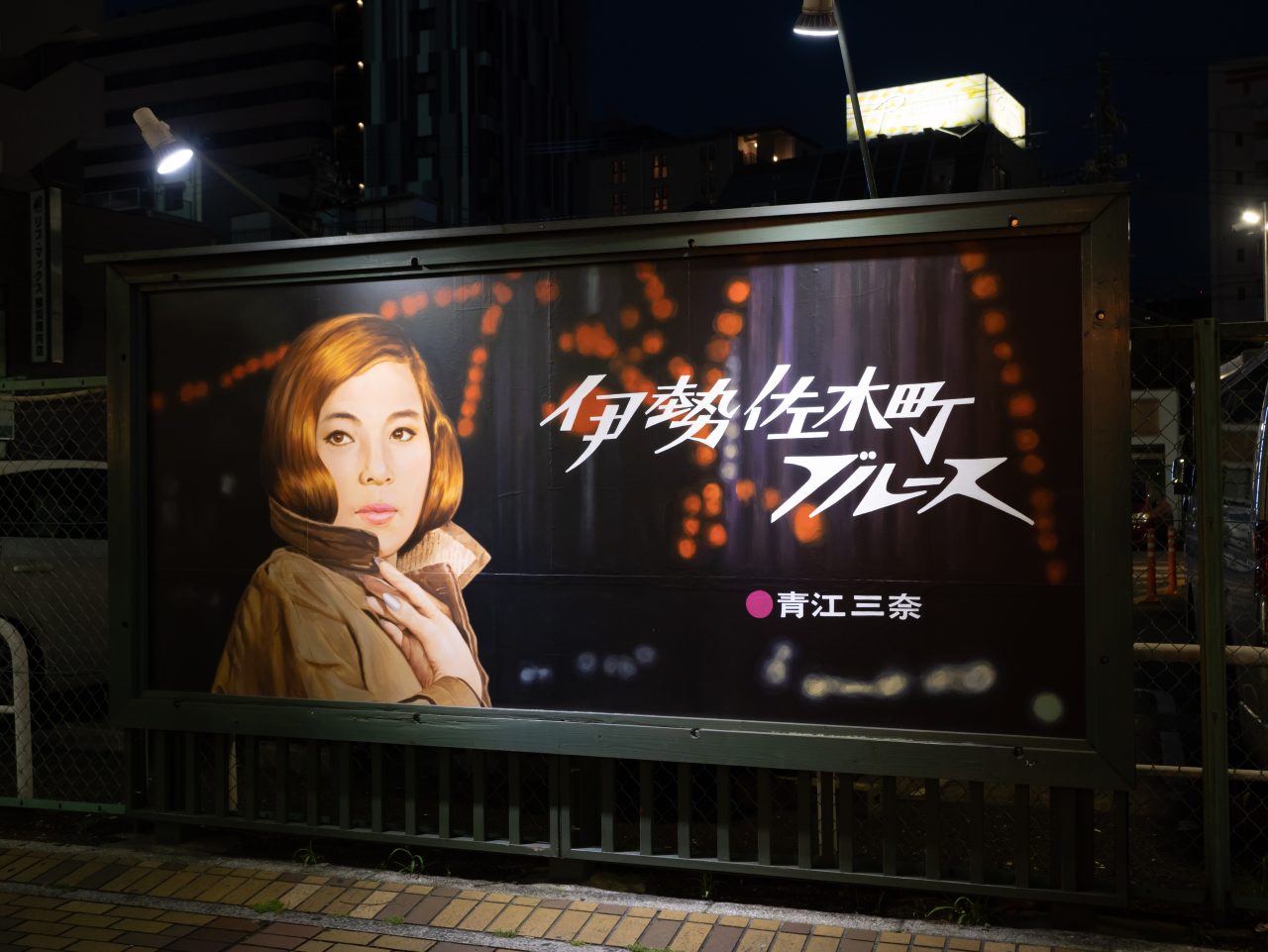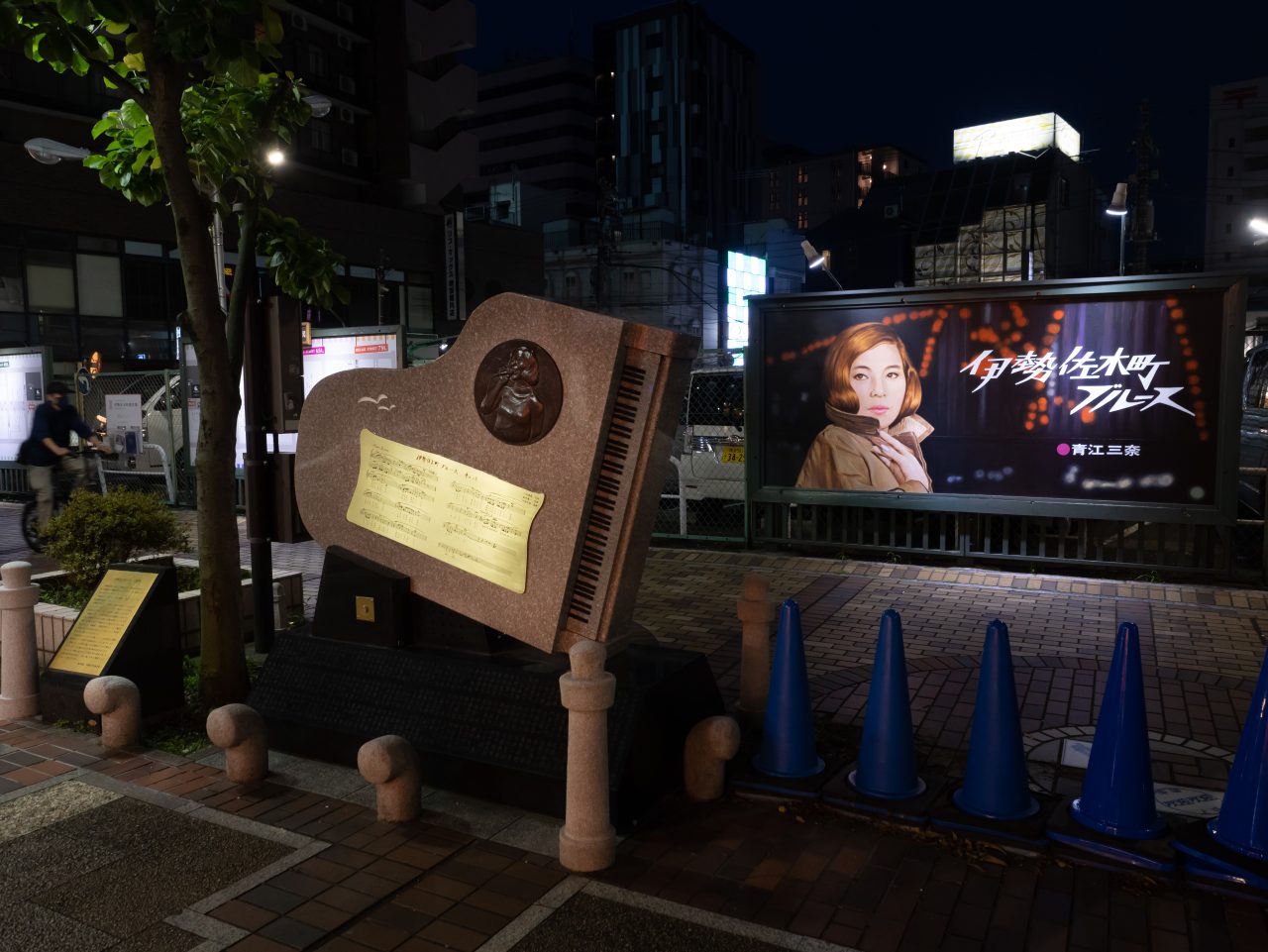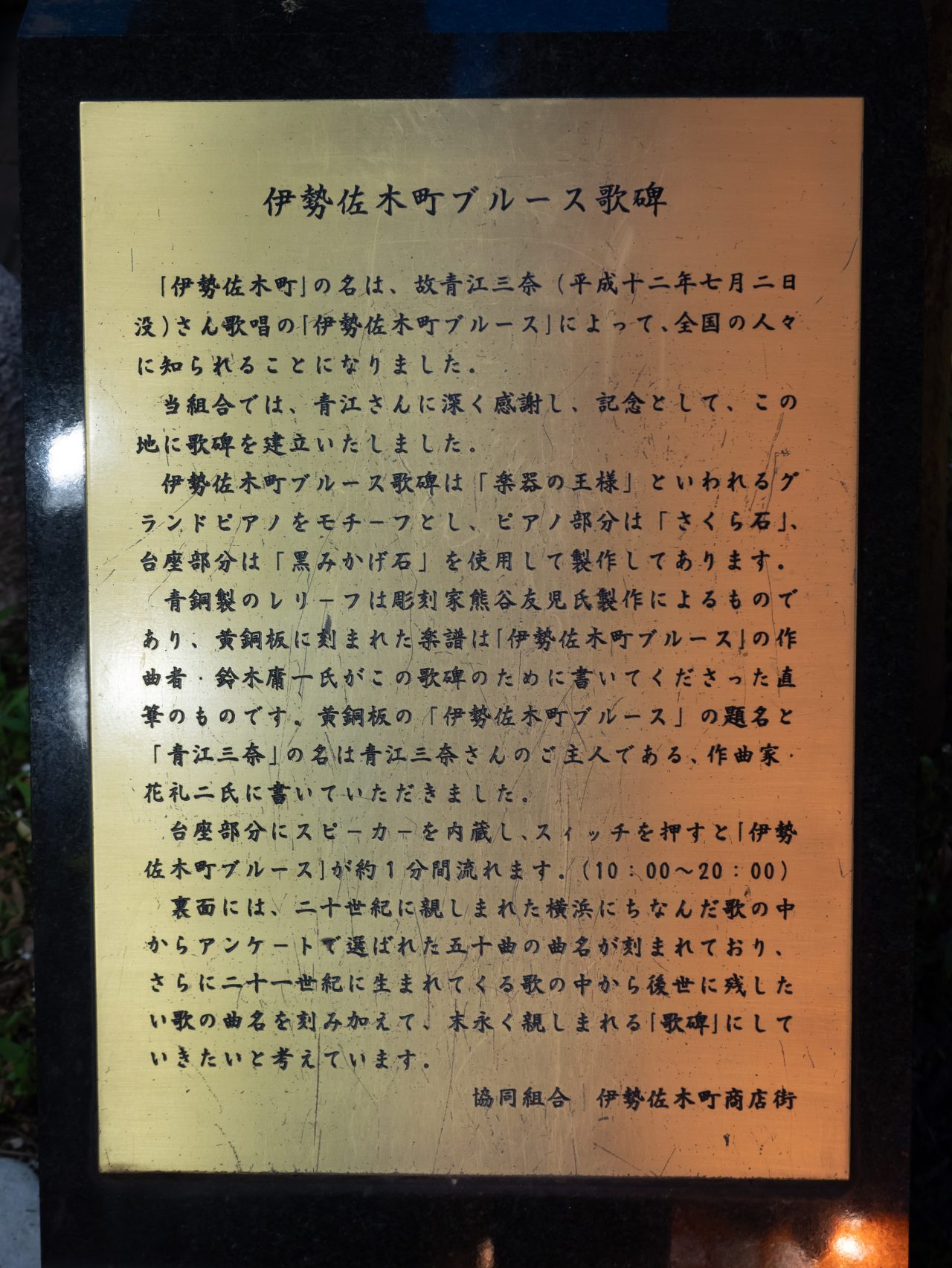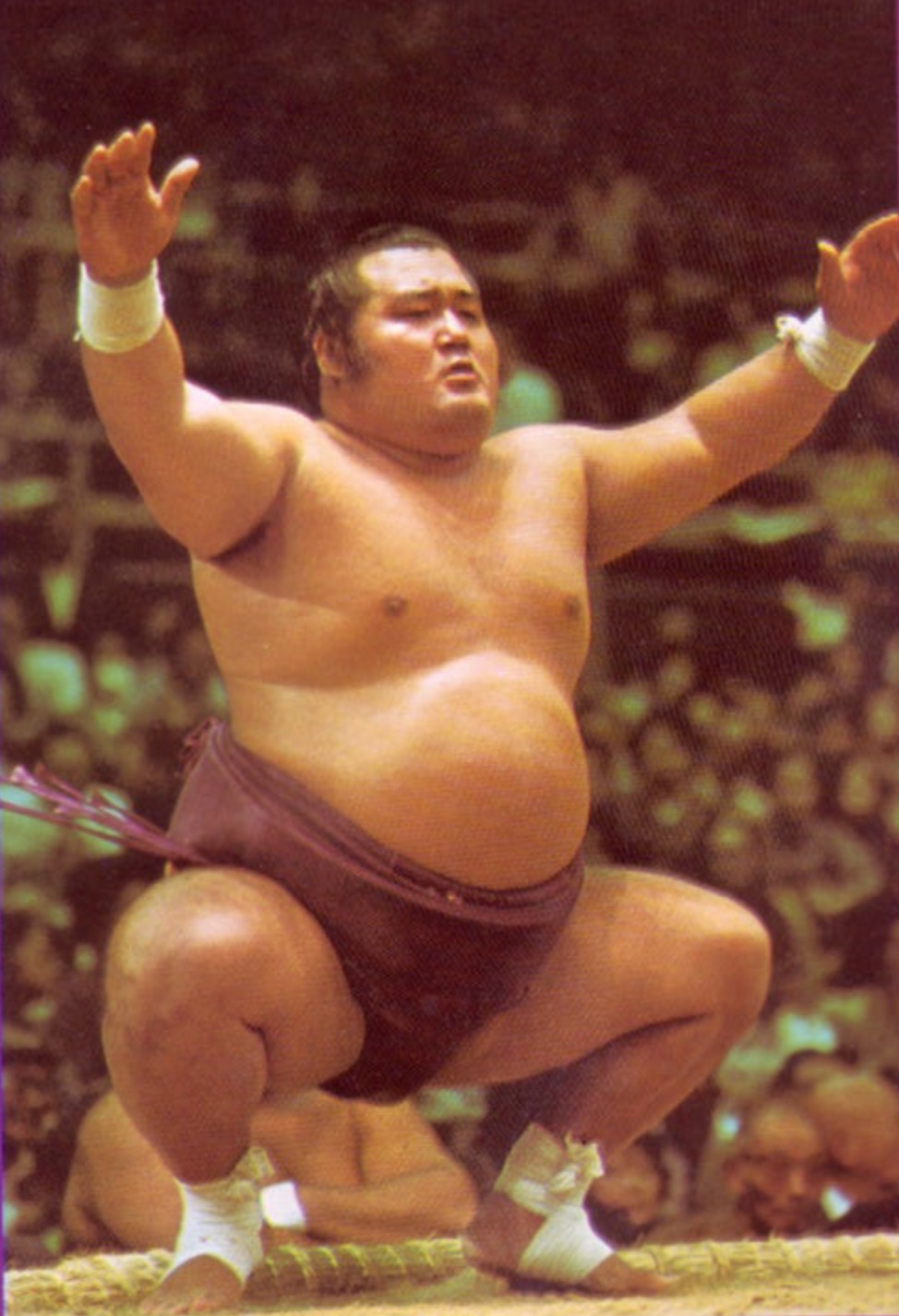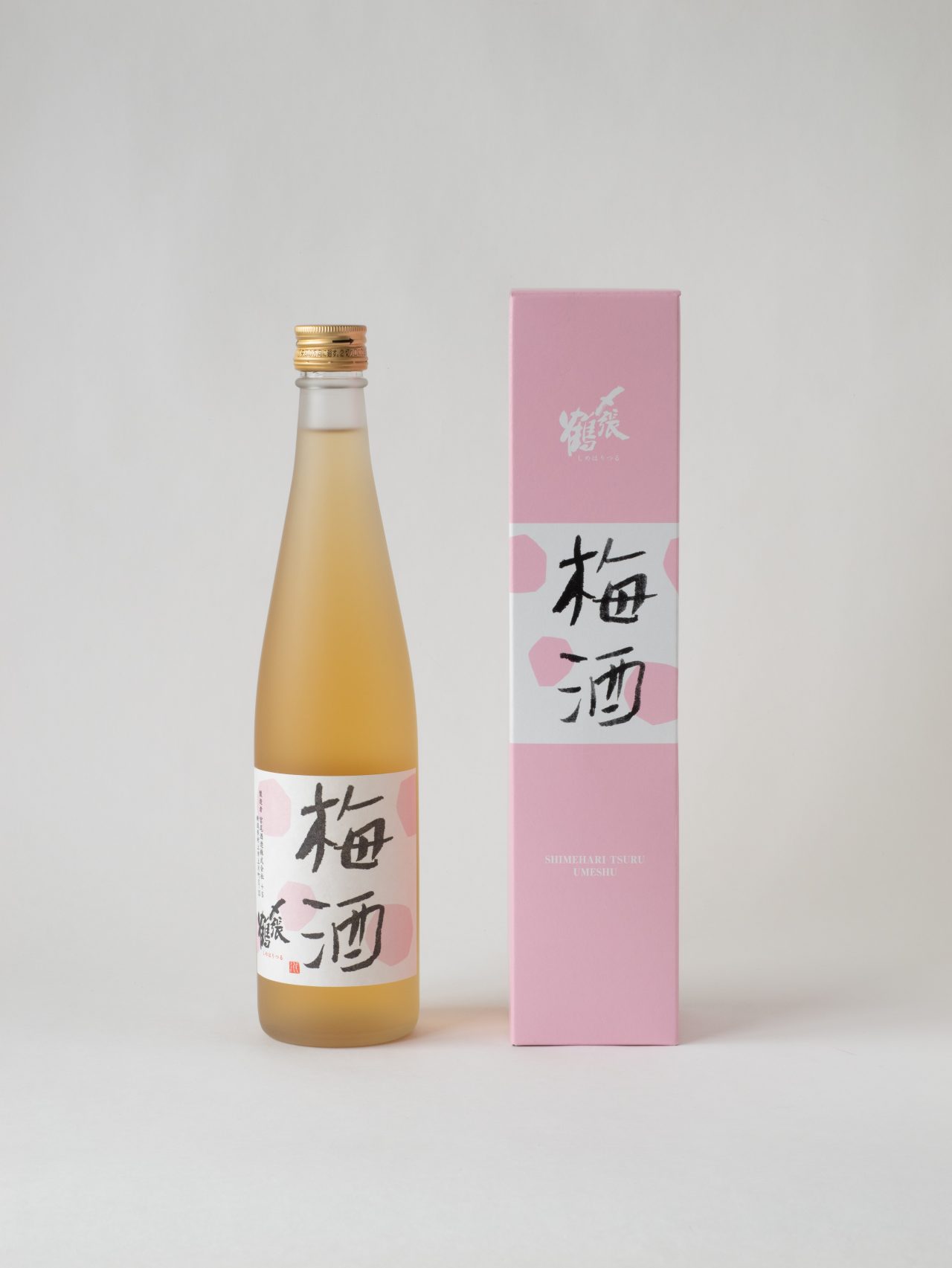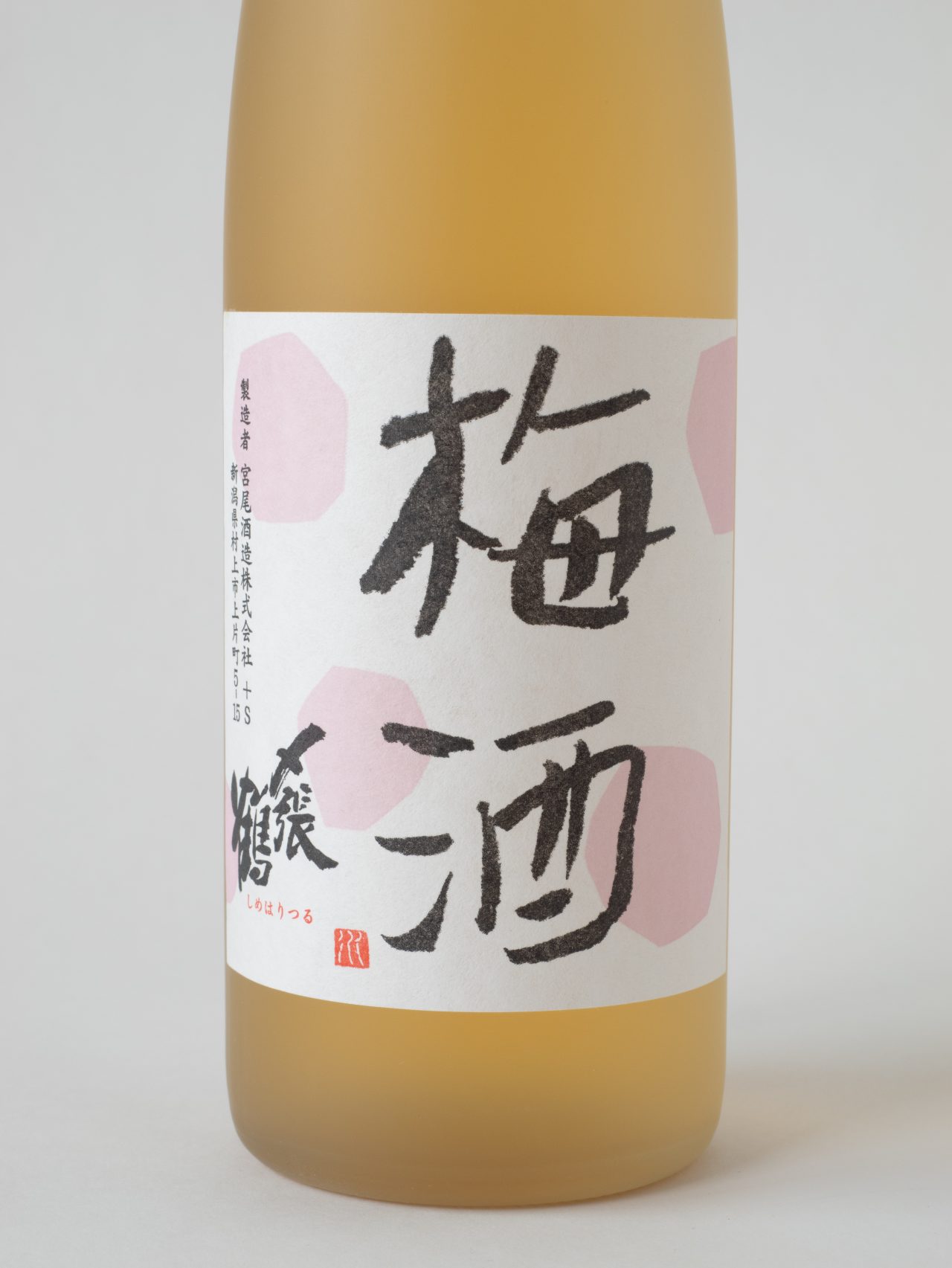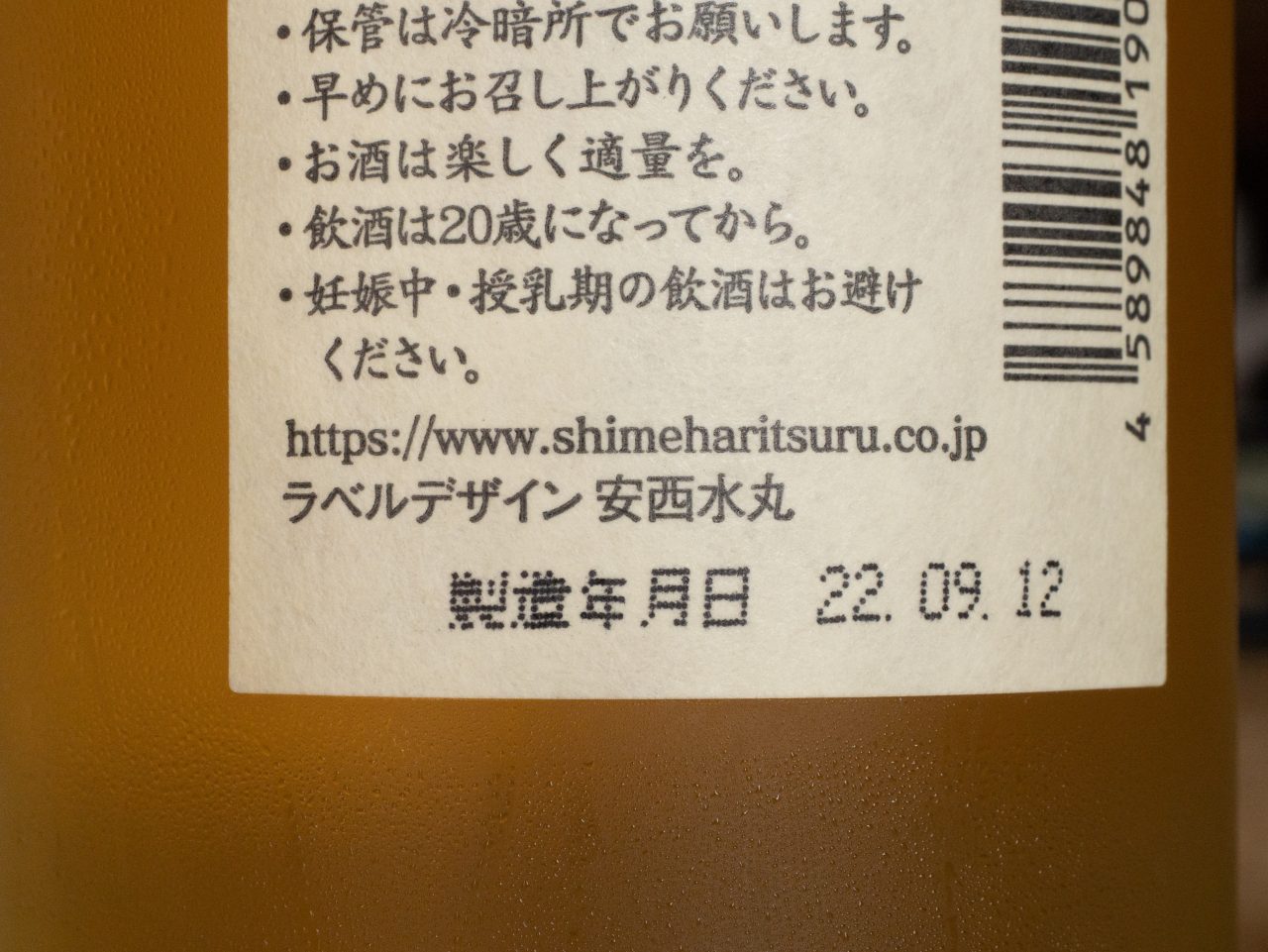Jiro Aoyama
(Occupancy period: 1964-1979)
Looking forward to the completion of Villa Bianca in 1964, he connected two dwellings, made original furniture, and turned the balcony into his own garden when living there.
Starting to buy antiques at the age of 16, he was a stylish person who lived his entire life with them. He had an excellent sense of aesthetics and only kept things around him that he liked. Although he was not a professional during his lifetime, he was asked to design a considerable number of books by Hideo Kobayashi, Chuya Nakahara, Saisei Muro, and others.
There were gatherings of people like Hideo Kobayashi, Shohei Ooka and Masako Shirasu at his place every night, for discussion while drinking alcohol, so it was called "Aoyama School'' or "Aoyama Gakuin''. In her book "Why Jiro Aoyama Now?”, Masako Shirasu writes: "It was so nostalgic to visit the place where Jiro-chan lived until the end. It was an apartment building called Villa Bianca near Harajuku. It was built in the year of the Olympics, so it was kind of like the beginning of apartment buildings.''
Tatsuo Nagai, a recipient of the Order of Culture, wrote that Aoyama was a "legendary figure'' from the early Showa era, so there is no doubt that he was a great person that you would only understand if you met him.
His wife, Kazuko, moved into Villa Bianca with him.
With Kazuko driving her Opel packed with everything from teapots and hanging scrolls to Go boards, they went to Shiga Kogen and Hiroshima. I guess they only had things around them that they liked, even when they were traveling. Kazuko was Aoyama's fourth wife and 27 years his junior. She lived at Villa Bianca until 2003.
